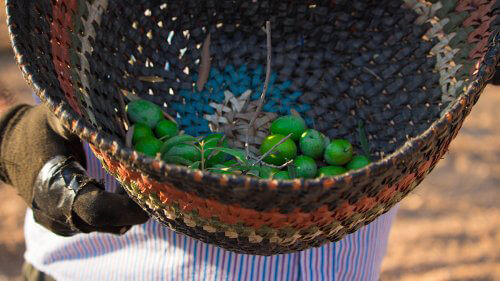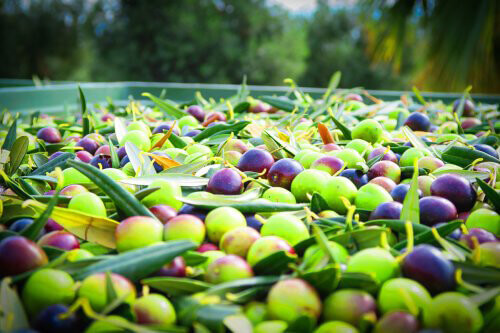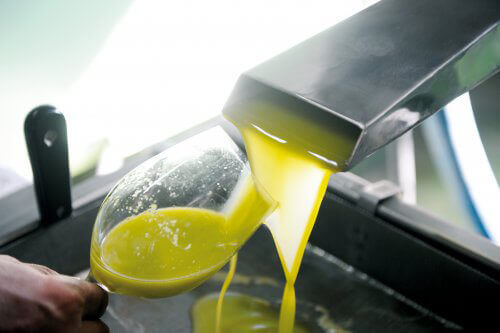This year, in many of the Mediterranean’s olive-growing regions, producers spent more time shedding tears than bottling oil as they experienced one of the worst harvests in a long time.
The lack of sun, coupled with heavy rains, created favourable conditions for the olive’s greatest enemy: Bactrocera oleae, the olive fly. Laid on the olive trees, this parasite’s larvae feed on the fruit. The infested olives fall to the ground, leaving the trees bare. In other regions, the trees were attacked by the bacteria Xilella fastidiosa. The only way to fight it was to chop them down and burn them.
In Provence, where growers were hoping for a yield of 5,000 tonnes last spring, they are now talking about barely 1,500, nearly 90% less! In Italy, producers are expecting 300,000 tonnes, a 30% drop. However, in some provinces in the north of the country and in the south of Puglia, an 80% drop has been noted.
Prices are already impacted: on the olive oil futures market in Jaén, Spain, prices have risen by more than 17%, whereas the Bari chamber of commerce, in southern Italy, has recorded a 38% increase. Therefore, the market risks being flooded with affordable oils from North Africa and the Middle East, where safety and hygiene norms applied in Europe are not always respected. There will probably be more counterfeit olive oils, in other words, so-called “extra-virgin” oils that are actually a blend of olive, sunflower and soy, and whose content undergoes no quality check when they are imported.
Two European countries seem to have been spared the disaster this year: Turkey, which should maintain the same production levels as last year with 200,000 tonnes, and Greece, which is expecting a record year and could even displace Italy as the world’s second-largest producer.
This winter, while the olive trees are resting, producers pray the same scenario won’t be repeated in 2015.



